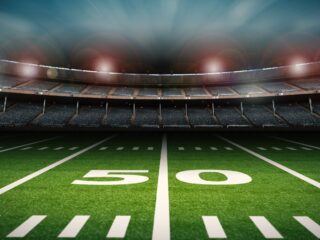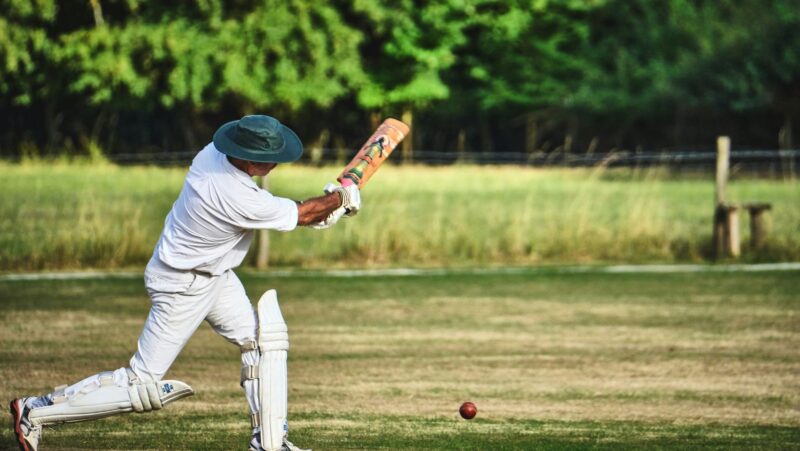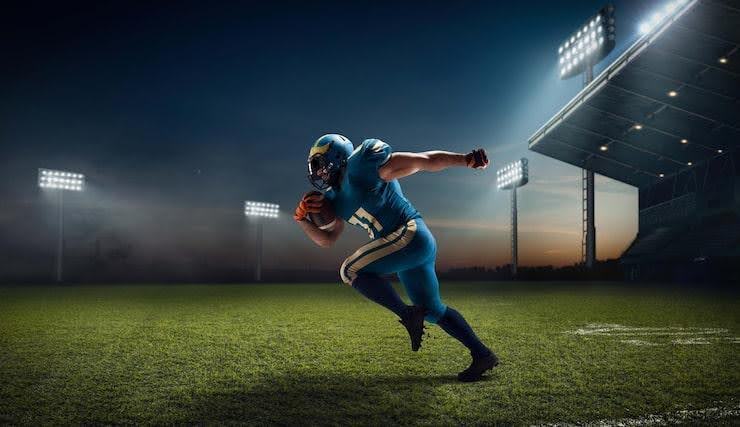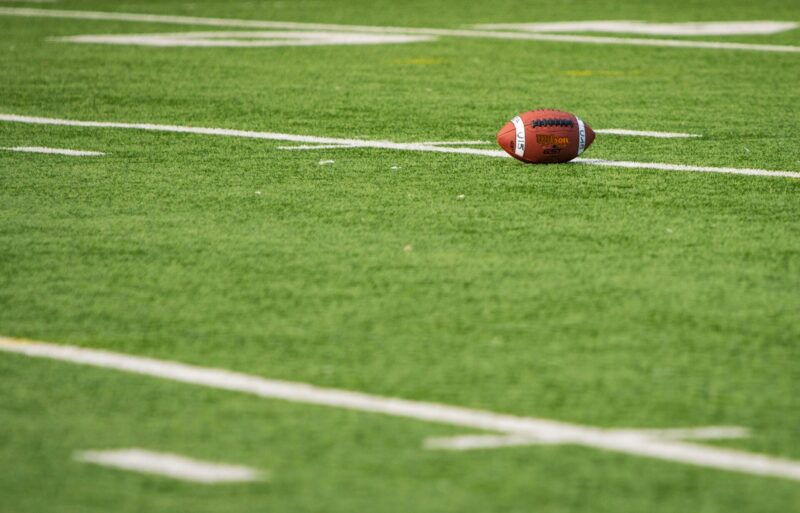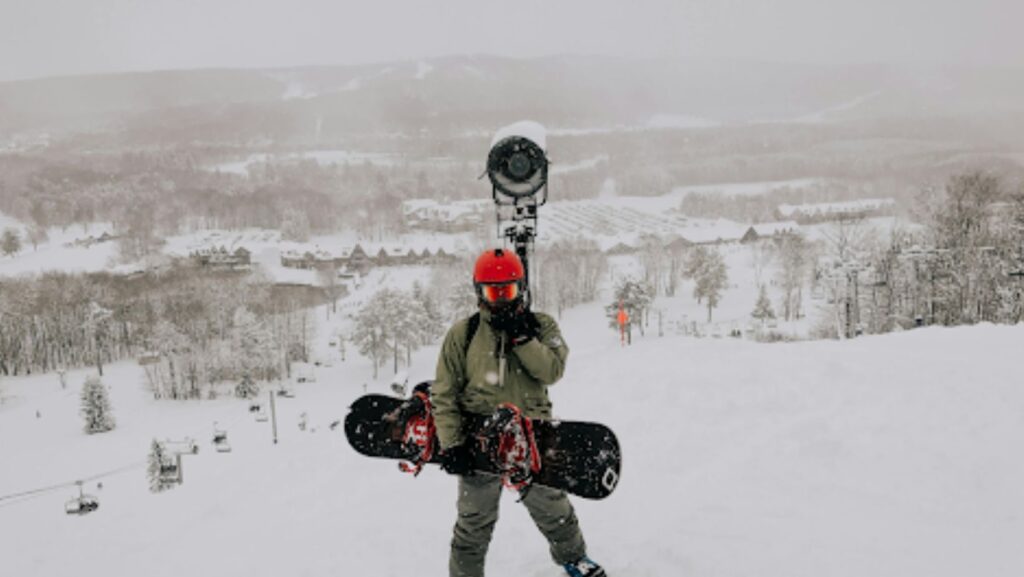
Choosing the right snowboard can make or break your experience on the slopes. Whether you’re a beginner learning the basics or an advanced rider pushing your limits, the right board is essential for control, comfort, and confidence. But with so many options—different shapes, sizes, and features—it’s easy to feel overwhelmed.
This guide will help you navigate the process, focusing on how your skill level impacts your choice. You’ll discover what makes a snowboard suitable for beginners, intermediates, or experts. We’ll also cover critical factors like sizing, riding style, and key features to look for.
By the end, you’ll have the knowledge to select the perfect snowboard that matches your needs and enhances your skills on the mountain. Let’s get started and make your next ride unforgettable!
Assessing Your Skill Level
Understanding your skill level is crucial when selecting the right snowboard. Beginners typically need a forgiving board that’s easy to control, with a soft flex to help navigate turns and reduce the risk of catching an edge. These boards are often lightweight and stable, offering a smooth ride for those still mastering basic techniques. Intermediate riders, on the other hand, require more versatility. They benefit from boards with a medium flex, allowing them to explore different terrains and start refining their carving, jumping, and speed control skills.
Advanced riders often push boundaries, demanding high-performance boards designed for precision and responsiveness. These boards typically feature a stiffer flex for greater stability at high speeds and advanced edge technology for sharp turns and challenging conditions. Knowing your current abilities helps you avoid over- or underestimating your needs, ensuring a snowboard that enhances your skills rather than hinders them. Identifying where you stand is the first step toward a board perfectly tailored to your progression.
Matching the Snowboard Type to Your Riding Style
Your riding style plays a key role in determining the right snowboard type. Freestyle riders who enjoy tricks, jumps, and park features often prefer shorter boards with a twin shape and softer flex for better maneuverability. These boards are ideal for creative, playful riders who prioritize control during spins and landings. Conversely, freeride enthusiasts who love carving through powder and challenging backcountry terrains need longer boards with a directional shape. These boards offer enhanced stability and floatation, making them perfect for steep slopes and off-piste adventures.

All-mountain snowboards are a versatile choice for those who enjoy a mix of terrains and styles. With a medium flex and hybrid shape, they balance control, speed, and adaptability, catering to riders who want a single board for varied conditions. For powder lovers, specialized powder snowboards with a wider nose and narrower tail provide unmatched floatation. Matching your snowboard to your preferred terrain and style ensures a more enjoyable and rewarding experience on the slopes.
Sizing Your Snowboard Correctly
Getting the right snowboard size is essential for performance and comfort. The general rule of thumb is to choose a board that reaches between your chin and nose when standing upright. However, your weight plays an equally critical role. A board that’s too short might lack stability, while one that’s too long can be harder to control, especially for beginners. Many manufacturers provide sizing charts that match snowboard length to weight ranges, ensuring a balanced ride tailored to your body.
Boot size is another factor to consider, as it directly impacts the board’s width. Riders with larger feet may require a wide snowboard to prevent overhang, which can cause drag during turns. On the other hand, a board that’s too wide for smaller feet may reduce responsiveness. Additionally, your riding preferences can influence sizing—shorter boards offer better maneuverability for freestyle, while longer boards provide stability for high-speed runs. Proper sizing guarantees a comfortable and controlled ride, boosting confidence on the slopes.
Considering Snowboard Features and Technology
Modern snowboards come with a variety of features designed to enhance your riding experience. One of the most important aspects is the camber profile, which refers to the board’s curvature. Traditional camber provides excellent edge hold and stability, making it a great choice for riders who prioritize precision and control. Rocker profiles, on the other hand, offer a more forgiving ride, providing better floatation in powder and reducing the risk of catching an edge. Hybrid profiles combine both camber and rocker for a versatile option suited to a wide range of conditions and skills.
Other features to consider include edge technology, such as serrated or beveled edges, which improve grip on icy slopes. The base material also affects speed and durability, with sintered bases offering faster rides and better performance. If you’re unsure about which board suits your needs, ski equipment rental can be a great way to test different models before committing to a purchase. Renting allows you to try out various features and understand what works best for your style and skill level.
Budget and Long-Term Investment
Your budget significantly influences your snowboard choice, but it’s essential to balance cost with quality. For beginners, renting or buying a reasonably priced entry-level board can be a smart choice. These boards are often designed with forgiving flex and simple features to help new riders gain confidence. However, as you progress, investing in a higher-quality snowboard becomes more important. Advanced boards may cost more, but their durability, performance, and specialized features make them a worthwhile long-term investment.

Deciding whether to buy new or used is another key consideration. New boards come with the latest technologies and warranties, ensuring reliability and performance. Used boards, on the other hand, can save money but require careful inspection for damage, such as delamination or worn edges. Additionally, consider your riding frequency and goals—occasional riders may find rentals sufficient, while regular riders benefit from owning a board tailored to their needs. A well-planned purchase ensures value and enhances your snowboarding experience.
Conclusion
Choosing the right snowboard for your skill level is the key to a safe, enjoyable, and rewarding experience on the slopes. By understanding your abilities, matching your board to your riding style, and considering factors like size, features, and budget, you can find a snowboard that enhances your performance and grows with you as you progress. Whether you’re a beginner seeking stability, an intermediate rider exploring new terrains, or an advanced snowboarder chasing precision and speed, the right board makes all the difference. Take the time to evaluate your needs, and you’ll be ready to hit the slopes with confidence and excitement.




